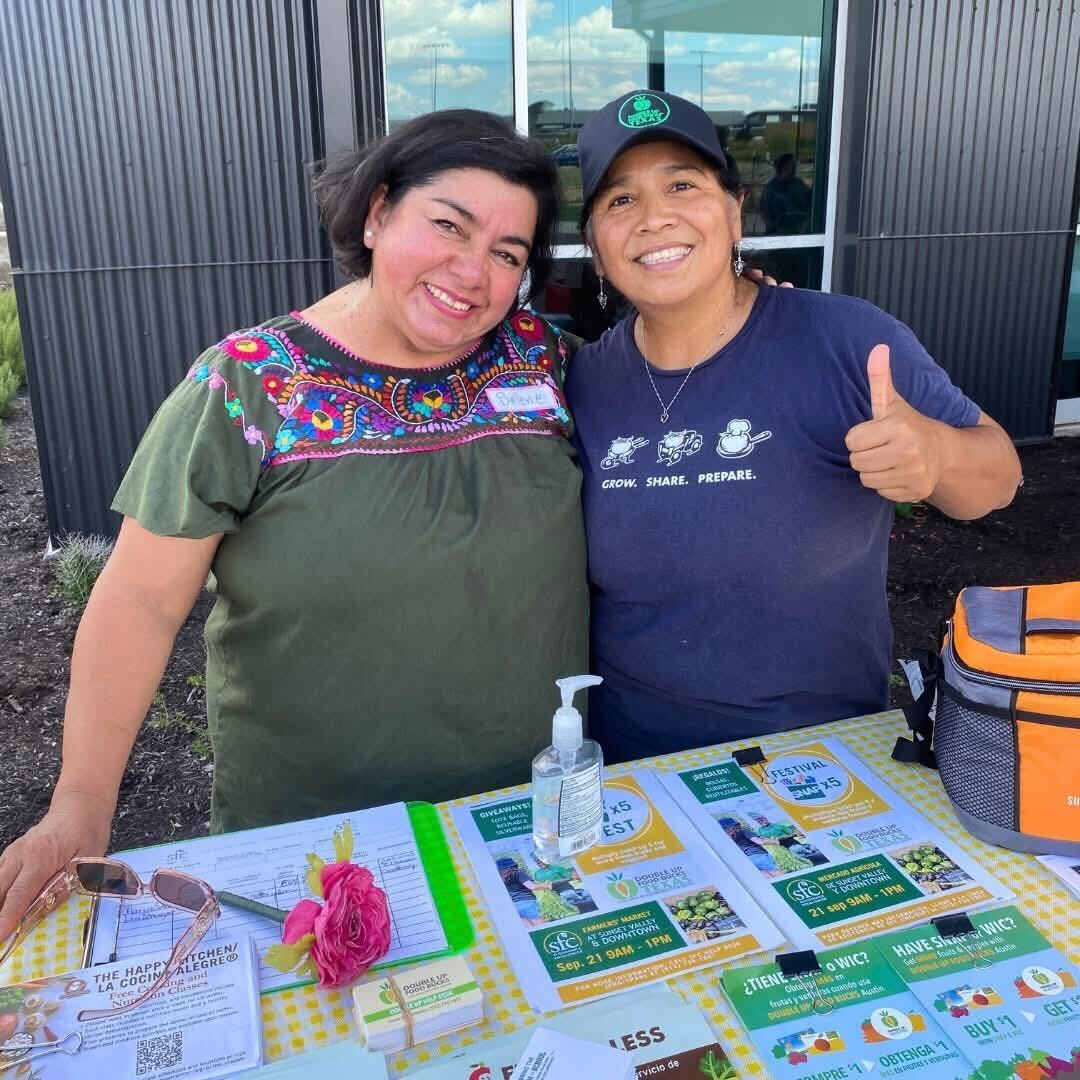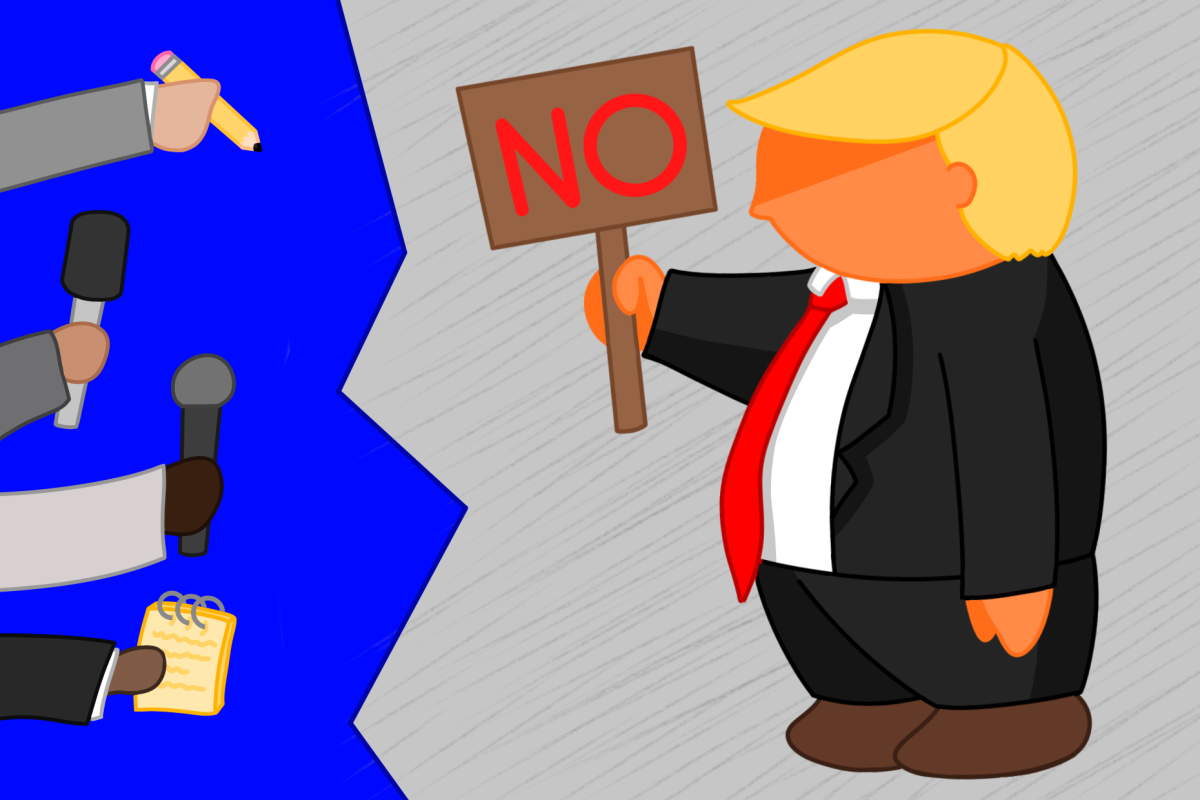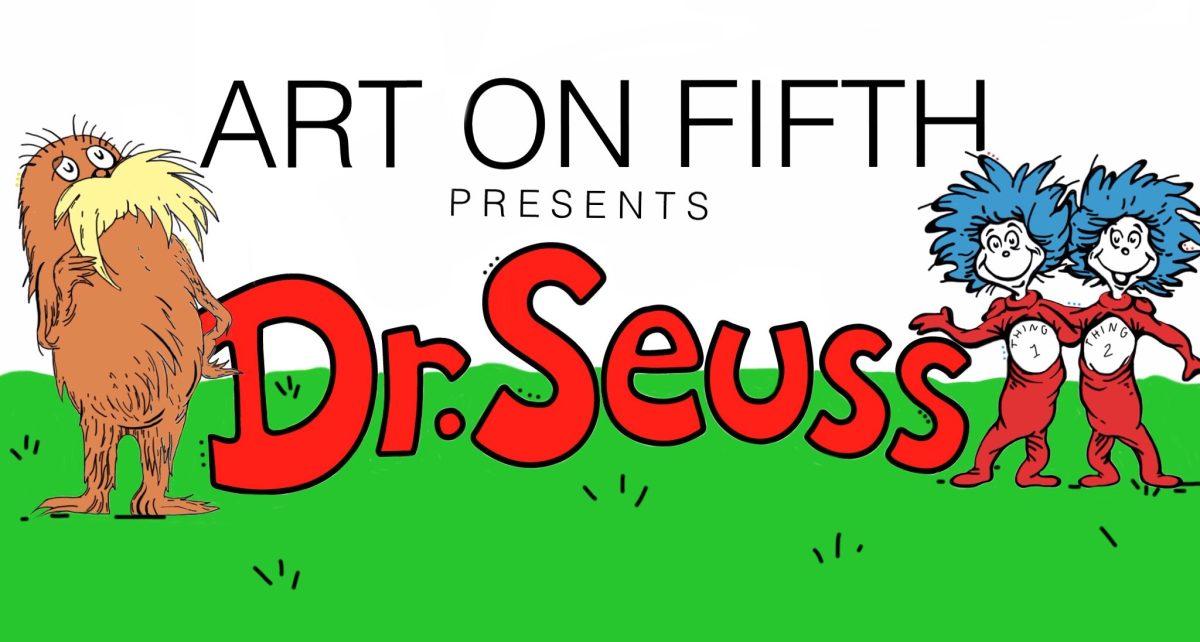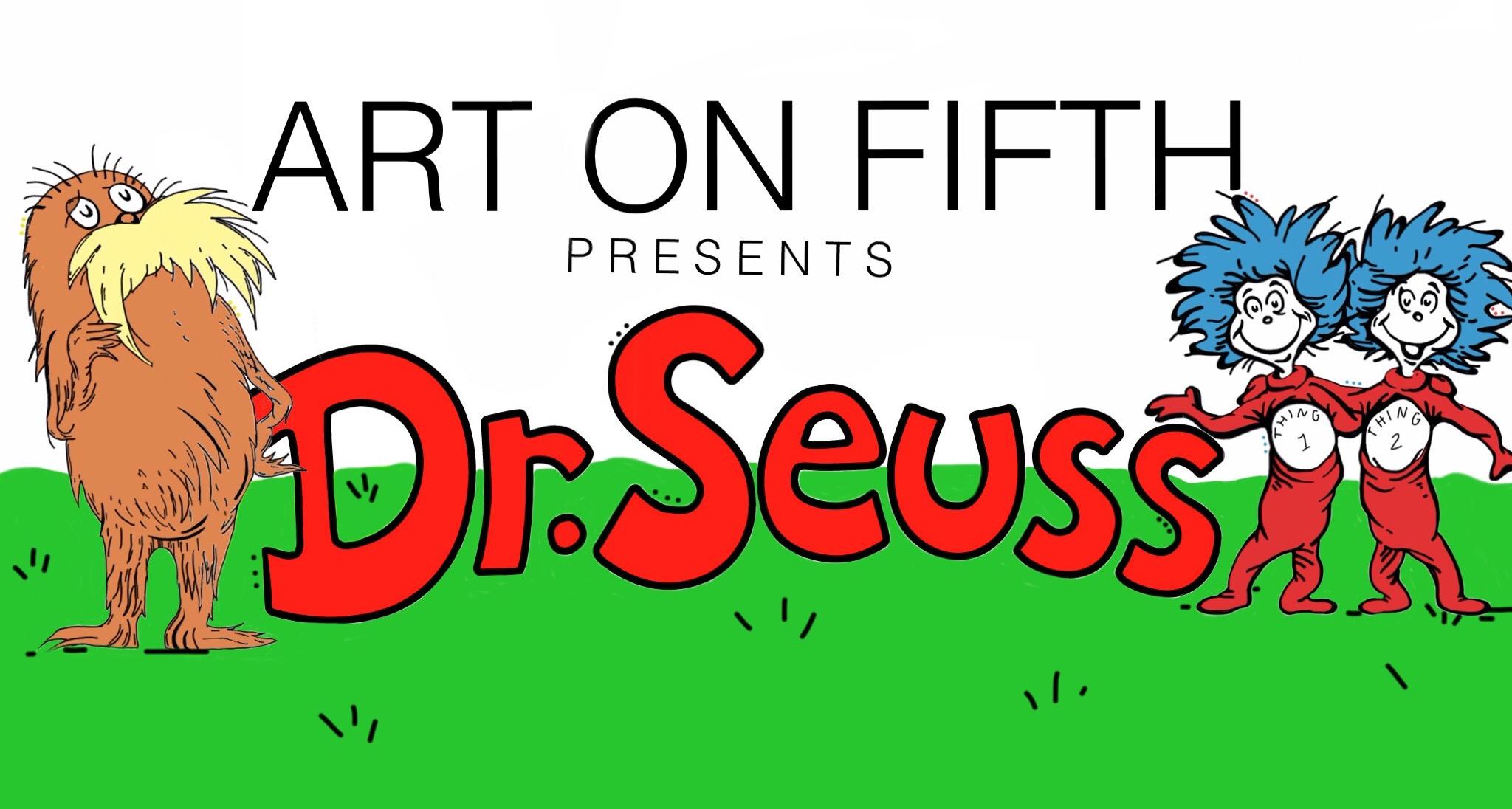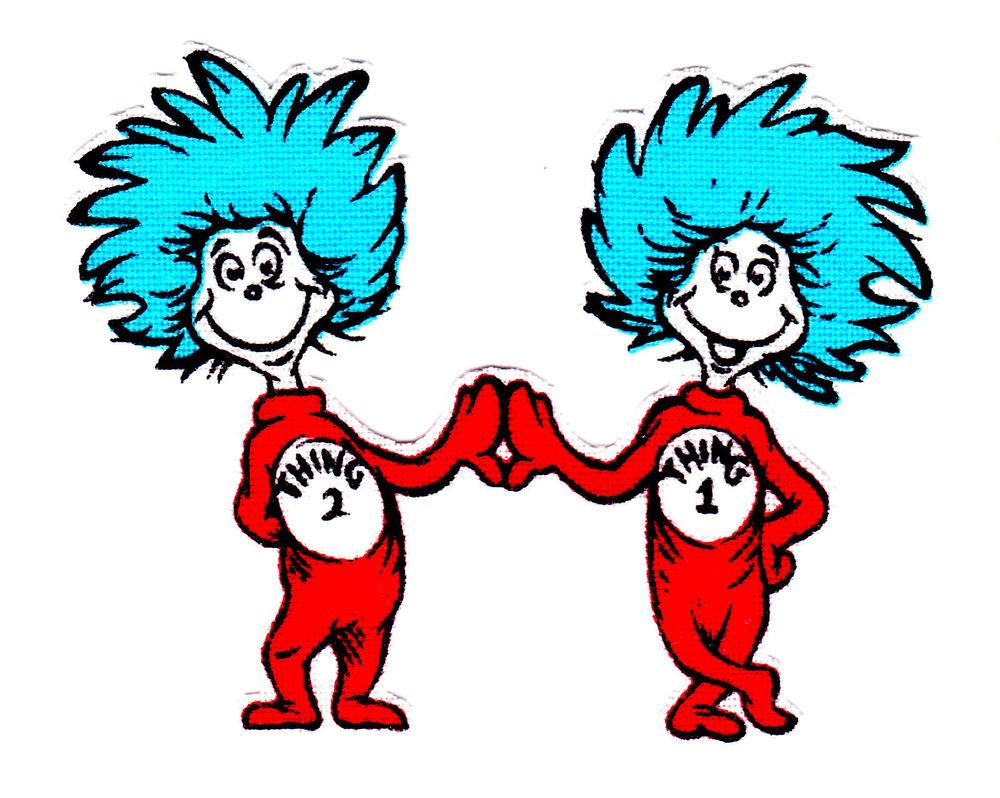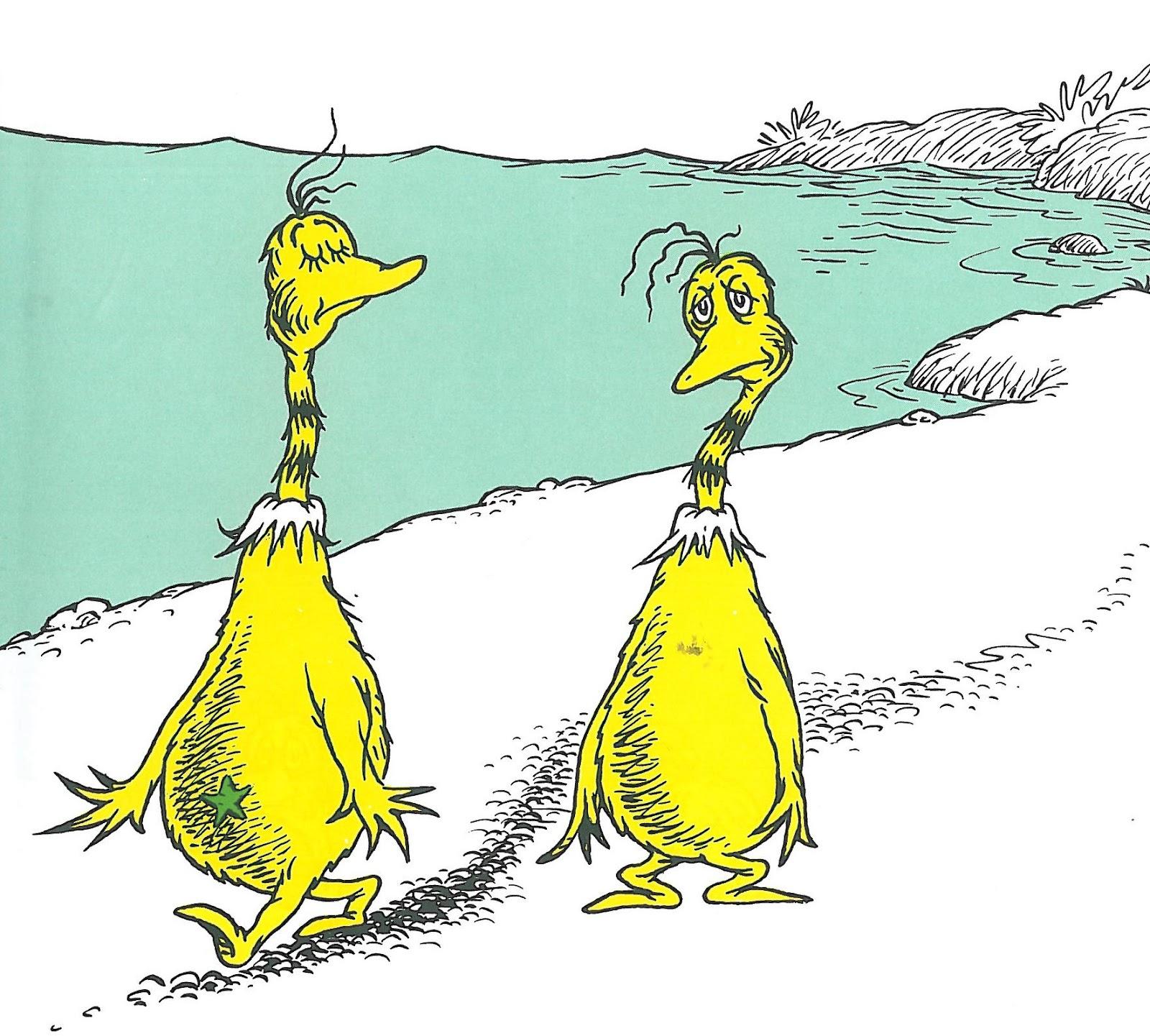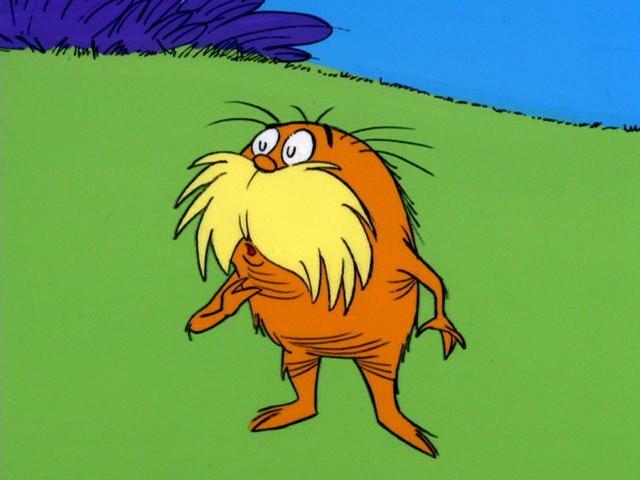Illustration by Jillian Lowe.
On Monday March 15, ART on 5th opened a new gallery exhibit titled “The Dr. Seuss Zoo That Very Few Knew.” The exhibit showcases Dr. Seuss’ “unorthodox taxidermy,” a collection of sculpture pieces he created to resemble taxidermy of various creatures he invented.
Story by Kristin Evans
In some instances, these works incorporate real animal pieces, like beaks and antlers, which he gathered from the Forest Park Zoo where his father worked. Shortly after the creation of these sculptures in the late 1930s, Look Magazine proclaimed Dr. Seuss as “The World’s Most Eminent Authority on Unheard-Of Animals.” This year marks the release of the Powerless Puffer, the final piece from the Marine Muggs set, and all 17 works are part of a traveling exhibit that will be presented at ART through April 10, with an open reception on April 2.
In honor of Dr. Seuss and all of his unheard-of animals, ORANGE takes a look at some of his most memorable creations.
Thing One and Thing Two: “The Cat in the Hat” — 1957
Thing One and Thing Two are mischief makers of mysterious origins, but are found in Dr. Seuss’ “The Cat in the Hat” book. They are known only as Things, but they are definitely some of Seuss’s most memorable creatures. Their red jumpsuits with THING 1 and THING 2 branded on the front are instantly recognizable, along with their bright blue hair. Dr. Seuss wrote The Cat in the Hat using only a vocabulary of 223 words, from a list of words beginning readers would be learning in school in order to help promote literacy through fun and entertainment.
Sneetches: “The Sneetches and Other Stories, Sneetches on Beeches” — 1961
The two kind of Sneetches, Star-bellied Sneetches and Plain-bellied Sneetches, are both large, yellow, birdlike creatures. The Star-bellied Sneetches are a proud people who look down on the plainness of the Plain-bellied Sneetches. When Sylvester McMonkey McBean comes to the beach, he uses his “fix it up chappie” to give stars to all the Plain-bellied sneetches, and when stars are no longer in style, he takes the stars off of the Star-bellied Sneetches. This process continues until the Sneetches’ spend all their money and realize they weren’t really that different from each other after all.
“The Lorax and The Once-ler:” ”The Lorax”— 1971
The Lorax is known as “shortish, and brownish, and oldish, and mossy” and the protector of the Truffula Trees. The appearance of the The Lorax, particularly the mustache, is said to have been based on President Theodore Roosevelt, who was known for his conservation efforts. The Once-ler is not shown in the original book, but he is assumed to be human in later adaptations. The Lorax teaches the Once-ler the importance of conservation and the impact of cutting down all the Truffula Trees, leaving the Once-ler, as well as the reader, with the thought “Unless someone like you cares a whole awful lot, nothing’s going to get better, it’s not.”
Though Dr. Seuss truly was the authority on Unheard-of Animals, his work brought these unheard-of animals to life and into our world a through books and art. “The Dr. Seuss Zoo that Very Few Knew” allows us to experience some of his amazing creations and get lost in his wacky world.





